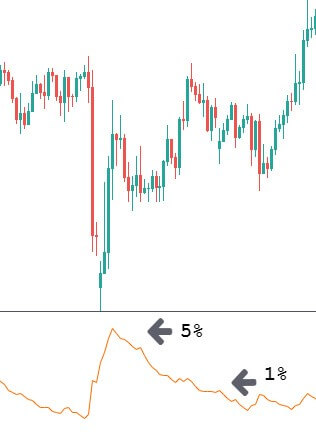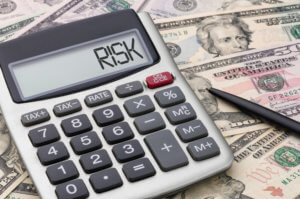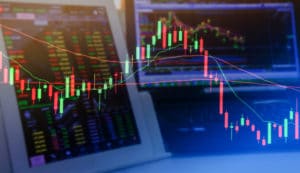Introduction
In our previous article, we addressed the concept of position sizing, drawdown, and techniques. Now we extend this discussion and look at other crucial aspects of position sizing, which are very important. In this article, let’s determine how one can position themselves in the forex market based on three different models. Each of these has its own merits that impose some sort of position sizing discipline in traders.
The three core position sizing techniques in terms of risk are:
- Fixed lot per amount
- Percentage margin
- Degree of volatility
These models can be applied to all the asset classes and are time frame independent.
We suggest you stick to one model to estimate the position size or at most two position sizing techniques. Following every given method will increase complexity, and that is not good for a trader.
Fixed Lot Per Amount
This is a fairly simple model. It requires a trader to simply state how many lots he is willing to trade for a given amount of capital. For example, let us assume a trader is having $2000 in his trading account, and he trades only the major currency pairs like EUR/USD, GBP/USD, GBP/JPY, USD/JPY, etc.
The trader simply needs to make a thumb rule that he/she will not trade more than one standard lot of futures (of major currency pairs) per $2000 at any given point.
The lot size can also be determined based on their risk appetite and money management principles. This technique of ‘fixed risk’ is based more on the discipline than strategy.
Percentage Margin
This position sizing technique is more structured than the ‘Fixed lot per amount’ technique, especially for intraday traders. It requires a trader to position themself based on the margin. Here, a trader essentially fixes an ‘X’ percentage of their capital as margin amount to any particular trade. Let’s see how this works with the help of an example.
Assume a trader named Tim has a trading capital of $5000; with this, he decides not to expose more than 20% as margin amount on a particular trade. This translates to a capital of $1000 per trade.
Now, if Tim gets an opportunity in another currency pair, he would be forced to let go of this margin as it would double to 40% (20% + 20%). This new opportunity will be out of his trading universe until and unless he increases his trading capital. Hence, one should not randomly increase the margin to accommodate opportunities.
The percentage margin ensures a trader pays roughly the same margin to all positions irrespective of the forex pair and volatility. Otherwise, they would end up in risky bets and therefore altering the entire risk profile of their account.
Degree Of Volatility
The degree of volatility accounts for the volatility of the underlying asset. To measure volatility, we make use of the ATR indicator, as suggested by Van Tharp. This position sizing technique defines the maximum amount of volatility exposure one can assume for the given trading capital.
Below we have plotted the ATR indicator on to the USD/JPY forex chart.

The 14-day ATR has a peak and then a decline, which shows a decrease in volatility. As you know that high volatility conditions are the best times to trade (less slippage, high liquidity, etc.), you can risk up to 5% of your trading capital on the trade while one should not risk more than 1% when the ATR is at the lowest point. Do not forget the risks involved while trading highly volatile markets. Only use this position sizing technique when you completely trust your trading strategy.
Conclusion
A trader should not risk too much on any trade, especially if their trading capital is small. Remember, your odds of making a profit are high when you manage your position size and risk the right amount on each of the trade you take.
Beginners should trade thin to get experience with open positions, so they can assess the stress of a loss and gradually increase the position size as he is comfortable with the strategy results and performance. As a matter of fact, this is also the right way to proceed when trading live a new strategy, be it a beginner or an experienced trader.
Cheers!






